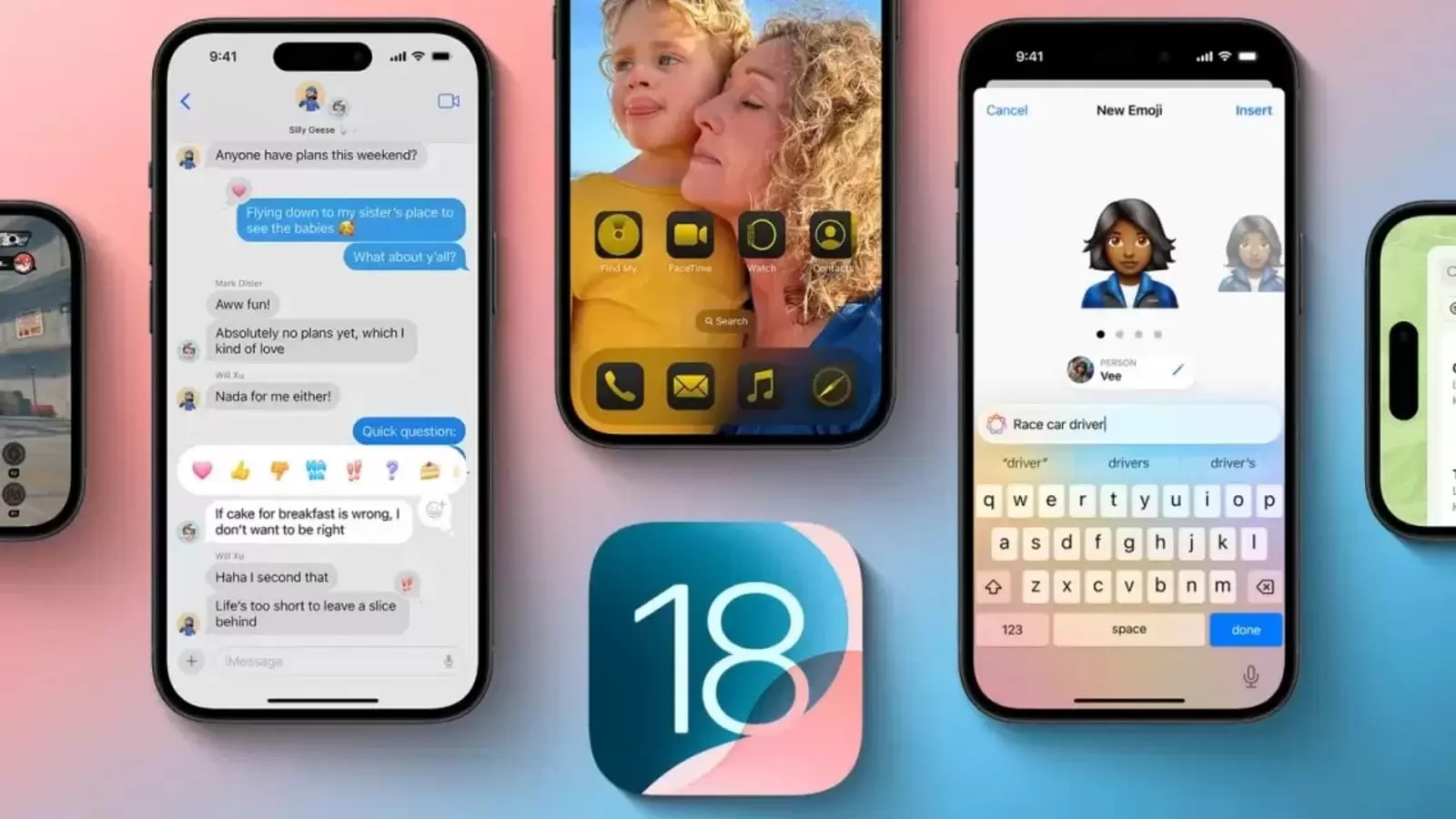LinkedIn, the social platform used by the working world to connect with others in their field, hunt for jobs, and develop skills, is taking the wraps off its latest effort to build artificial intelligence tools for its users: Hiring Assistant, a new product designed to take on a wide array of recruitment tasks, from ingesting scrappy notes and thoughts into longer job descriptions, through to sourcing candidates and then engaging with them.
LinkedIn is describing the new product as a milestone in its AI trajectory: it is, it says, its first “AI agent”… one that happens to be targeting one of the company’s most lucrative categories of users.
The product is now live with a “select group” of customers (large enterprises like AMD, Canva, Siemens and Zurich Insurance among them) and a spokesperson said it will be rolled out more widely in the coming months.
LinkedIn was always an early adopter of AI in its back end — (somewhat creepily) folding AI techniques into its algorithms to produce surprisingly accurate connection recommendations to users, for example.
The viral rise of generative AI a couple of years ago, however, left it — like pretty much every other tech company — scrambling to bring its front end up to speed. The company didn’t have to look too far to start to fix that. Its now-owner, Microsoft, has a deep financial and operational partnership with gen-AI leader OpenAI, and LinkedIn has been leaning hard into that relationship to roll out a number of tools, including learning coaches, marketing campaign assistants, and candidate sorters; writing and job hunting helpers; and profile refreshers — all powered by GPT APIs from OpenAI.
Hiring Assistant is the latest and in some ways a more pivotal chapter in that story, and so it’s an interesting one for a couple of reasons.
First, it’s notable for how much it takes the work out of human hands. The company has, in fact, launched AI tools for recruiters before. A year ago, it unveiled its first gen-AI helpers for sorting candidates as part of “Recruiter 2024” (actually revealed, like a new car model, in 2023). If that was testing the waters, now LinkedIn’s asking recruiters to just jump in.
“It’s designed to take on a recruiter’s most repetitive task so they can spend more time on the most impactful part of their jobs,” Hari Srinivasan, LinkedIn’s VP of product, said in an interview — “a big statement,” he admitted. It will include the ability to upload full job descriptions, or just note on what you want it to have, along with job postings that you like the look of from other companies or roles.
In turn, that becomes a list of qualifications you will be looking for, as well as an initial pipeline of candidates that you can then interact with to look for more that are similar to some, or less like others, with algorithms designed to look based on skills rather than other indicators like where a person lives or went to school, he said. It also integrates with third-party application tracking systems, although ultimately, the whole system is trained on LinkedIn data, which includes 1 billion users, 68 million companies and 41,000 skills.
Hiring Assistant is due to get more features soon such as messaging and scheduling support for interviews as well as handle follow-ups when candidates have questions before or after interviews. Basically covering a lot of the busy work, plus some of the thinking work, that recruiters have to do daily.
Second, unlike many of the other AI features that LinkedIn has released, Hiring Assistant is very squarely aimed at LinkedIn’s B2B business, the products it sells to the recruitment industry.
The company hasn’t provided an update on how Talent Solutions (which includes its Recruiter business) is performing since July 2023, when it said it was passed revenues of $7 billion for the first time. But LinkedIn has demonstrated already that AI — for now at least — remains an important business driver for the company. Specifically, Premium subscriptions, taken by ordinary consumers, are already being driven by a growth in AI tool usage (with some tools available only to Premium users).
Whether that will carry into how recruiters pay for services on the platform, and whether they see these tools as a help or a threat, remains to be seen. Either way, LinkedIn is unlikely to slow this train down.
“So so we’re really focused on making Hiring Assistant great,” said Erran Berger, VP of engineering, in an interview. “This is all bleeding edge, and I mean everything from the experience and how our users are going to interact with it, to the technology that backs it. And so we’re really focused on nailing that a lot of the technology we’ve built is applicable to problems that are we’re trying to solve for our members and customers. But right now, you know, we really just want to nail this, and then we can figure out where we go from there.”




















 English (US) ·
English (US) ·